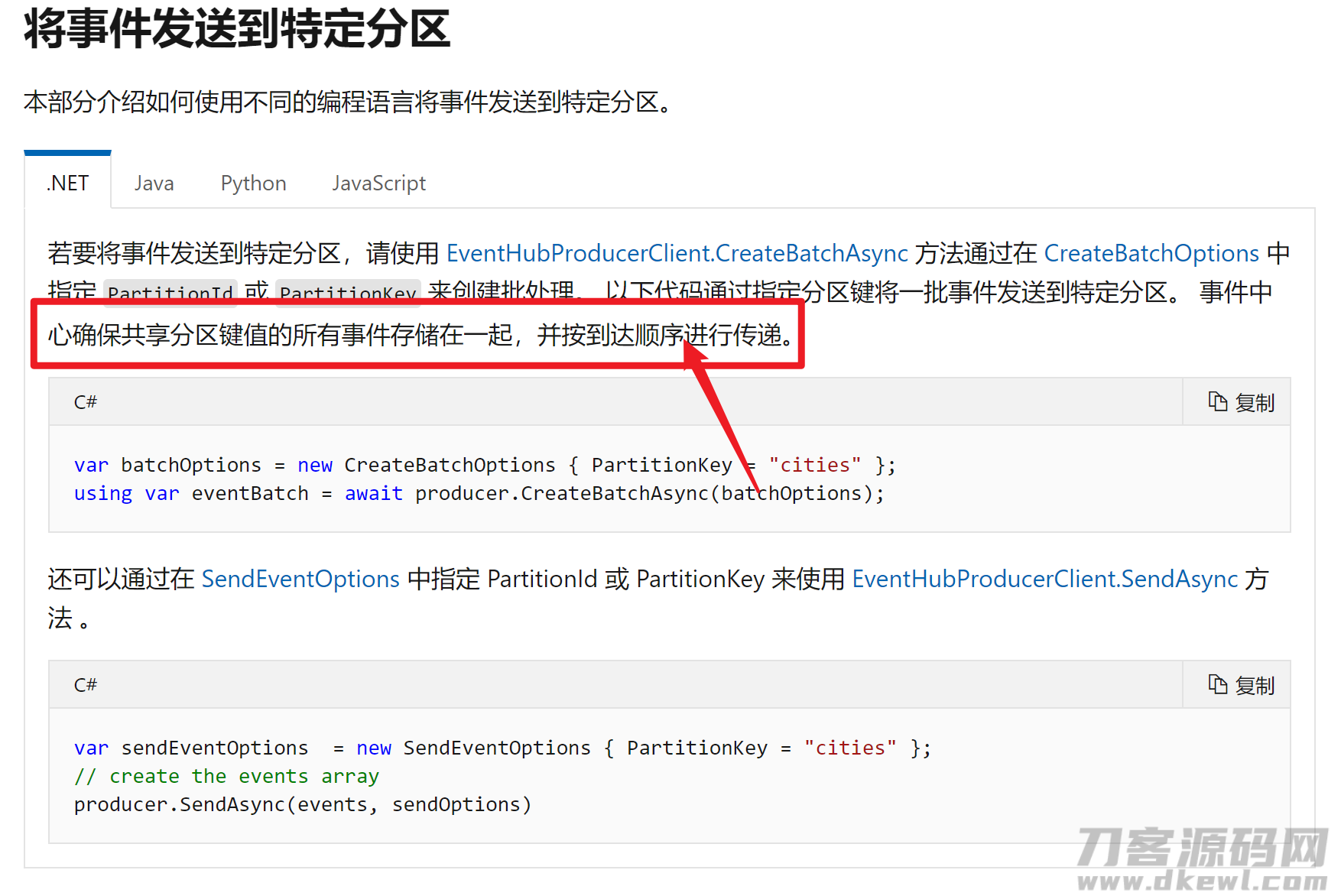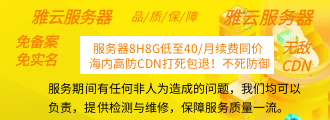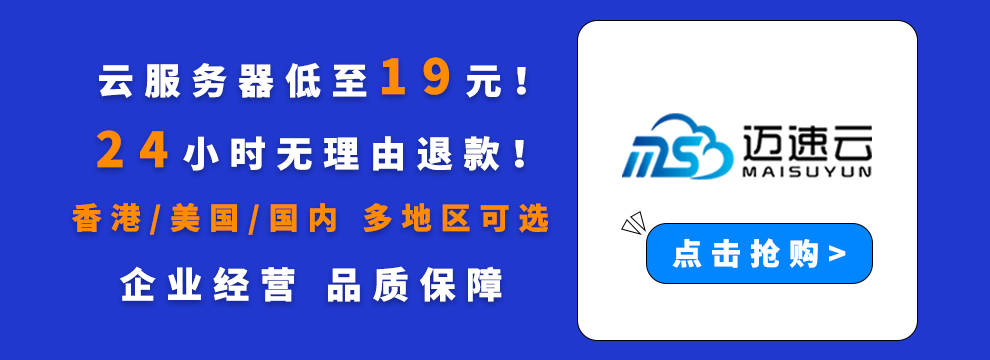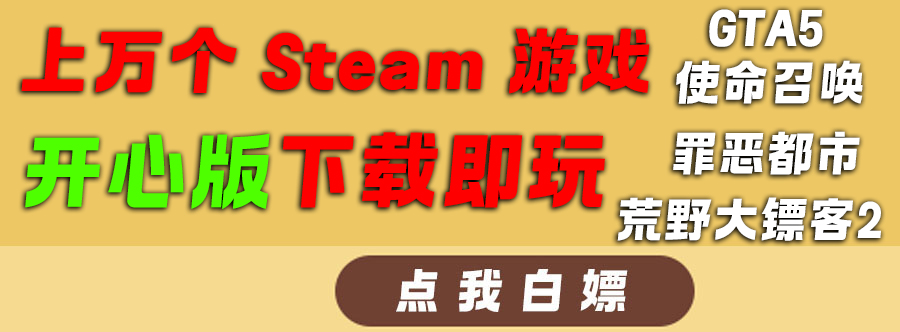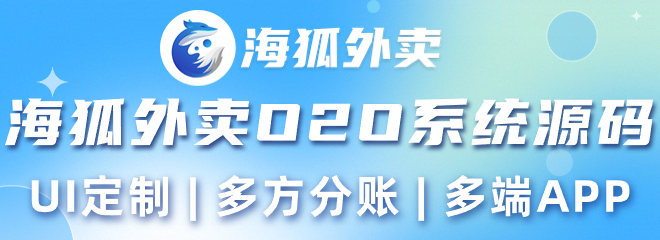本文由 发布,转载请注明出处,如有问题请联系我们! 发布时间: 2021-06-01【Azure 事件中心】azure-spring-cloud-stream-binder-eventhubs客户端组件问题, 实践消息非顺序可达
加载中【Azure 事情管理中心】azure-spring-cloud-stream-binder-eventhubs手机客户端部件难题, 实践活动信息非次序可以达到
难题叙述
查看了Azure的官方网文本文档( 将事情发送至特殊系统分区: https://docs.azure.cn/zh-cn/event-hubs/event-hubs-availability-and-consistency?tabs=java#send-events-to-a-specific-partition),在工程项目里引入部件“azure-spring-cloud-stream-binder-eventhubs”来联接EventHub推送和消費信息事情。在推送端一个For循环系统中推送带序号的信息,序号从0开始,而且在信息的header中特定了 "Partition Key",同样PartitionKey的信息会被发送至同样的Partition,来确保这种信息的次序。
可是在消費端工程项目中消費这种信息时,见到打印出到日志中的結果并并不是从0增长的。因此想要知道是推送端在推送时就早已乱序推送了?或是信息抵达EventHub后乱序储存了?或是消費端消费方式的难题,造成打印出出的結果是乱序的?
下边是推送端编码:
public void testPushMessages(int mcount, String partitionKey) { String message = "Message "; for (int i=0; i <mcount; i ) { source.output().send(MessageBuilder.withPayload(partitionKey mcount i).setHeaderIfAbsent(AzureHeaders.PARTITION_KEY,partitionKey).build()); } }
下边是消費端编码:
@StreamListener(Sink.INPUT) public void onEvent(String message, @Header(AzureHeaders.CHECKPOINTER) Checkpointer checkpointer, @Header(AzureHeaders.RAW_PARTITION_ID) String rawPartitionId, @Header(AzureHeaders.PARTITION_KEY) String partitionKey) { checkpointer.success() .doOnSuccess(s -> log.info("Message '{}' successfully check pointed.rawPartitionId={},partitionKey={}", message, rawPartitionId, partitionKey)) .doOnError(s -> log.error("Checkpoint message got exception.")) .subscribe();
下边是打印出的日志
......,"data":"Message 'testKey4testMessage1' successfully check pointed.rawPartitionId=1,partition<*****>","xcptn":""} ......,"data":"Message 'testKey5testMessage29' successfully check pointed.rawPartitionId=1,partition<*****>","xcptn":""} ......,"data":"Message 'testKey5testMessage27' successfully check pointed.rawPartitionId=1,partition<*****>","xcptn":""} ......,"data":"Message 'testKey5testMessage26' successfully check pointed.rawPartitionId=1,partition<*****>","xcptn":""} ......,"data":"Message 'testKey5testMessage25' successfully check pointed.rawPartitionId=1,partition<*****>","xcptn":""} ......,"data":"Message 'testKey5testMessage28' successfully check pointed.rawPartitionId=1,partition<*****>","xcptn":""} ......,"data":"Message 'testKey5testMessage14' successfully check pointed.rawPartitionId=1,partition<*****>","xcptn":""} ......,"data":"Message 'testKey5testMessage13' successfully check pointed.rawPartitionId=1,partition<*****>","xcptn":""} ......,"data":"Message 'testKey5testMessage15' successfully check pointed.rawPartitionId=1,partition<*****>","xcptn":""} ......,"data":"Message 'testKey5testMessage5' successfully check pointed.rawPartitionId=1,partition<*****>","xcptn":""} ......,"data":"Message 'testKey5testMessage7' successfully check pointed.rawPartitionId=1,partition<*****>","xcptn":""} ......,"data":"Message 'testKey5testMessage20' successfully check pointed.rawPartitionId=1,partition<*****>","xcptn":""} ......,"data":"Message 'testKey5testMessage19' successfully check pointed.rawPartitionId=1,partition<*****>","xcptn":""} ......,"data":"Message 'testKey5testMessage18' successfully check pointed.rawPartitionId=1,partition<*****>","xcptn":""} ......,"data":"Message 'testKey5testMessage0' successfully check pointed.rawPartitionId=1,partition<*****>","xcptn":""} ......,"data":"Message 'testKey5testMessage9' successfully check pointed.rawPartitionId=1,partition<*****>","xcptn":""} ......,"data":"Message 'testKey5testMessage12' successfully check pointed.rawPartitionId=1,partition<*****>","xcptn":""} ......,"data":"Message 'testKey5testMessage8' successfully check pointed.rawPartitionId=1,partition<*****>","xcptn":""}
从日志中能够见到,信息的确都被发送至了同一个系统分区(rawPartitionId=1),可是从信息体的编号上看,是乱序的
问题分析
这个是和这一配备有关的fixedDelay,特定默认设置轮循器的固定不动延迟时间,是一个规律性触发器原理,以前编码会依据这一轮循器开展推送和接纳信息的。应用Send推送的方式 ,如今全新的SDK 不应用这一方式 ,因此必须应用新的sdk 传送数据测试一下。
新sdk 参照文本文档您能够参照一下:https://GitHub.com/Azure/azure-sdk-for-java/tree/master/sdk/spring/azure-spring-boot-samples/azure-spring-cloud-sample-eventhubs-binder
SDK版本号为
<dependency>
<groupId>com.azure.spring</groupId>
<artifactId>azure-spring-cloud-stream-binder-eventhubs</artifactId>
<version>2.4.0</version>
</dependency>
在参照官方网站的实例后,应用Supplier方式 推送信息,替代Send。历经数次检测,特定partitionkey 以后,推送信息是次序推送的,消費的情况下也是依照次序消費的,下边是检测的编码和結果
推送端编码
// Copyright (c) Microsoft Corporation. All rights reserved. // Licensed under the MIT License. package com.azure.spring.sample.eventhubs.binder; import com.azure.spring.integration.core.EventHubHeaders; import org.slf4j.Logger; import org.slf4j.LoggerFactory; import org.springframework.context.annotation.Bean; import org.springframework.context.annotation.Configuration; import org.springframework.context.annotation.Profile; import org.springframework.messaging.Message; import org.springframework.messaging.support.MessageBuilder; import java.util.function.Supplier; import static com.azure.spring.integration.core.EventHubHeaders.SEQUENCE_NUMBER; @Configuration public class EventProducerConfiguration { private static final Logger LOGGER = LoggerFactory.getLogger(EventProducerConfiguration.class); private int i = 0; @Bean public Supplier<Message<String>> supply() { return () -> { //LOGGER.info("Sending message, sequence " i); String partitionKey="info"; LOGGER.info("Send message " MessageBuilder.withPayload("hello world, " i).setHeaderIfAbsent(EventHubHeaders.PARTITION_KEY, partitionKey).build()); return MessageBuilder.withPayload("hello world, " i ). setHeaderIfAbsent(EventHubHeaders.PARTITION_KEY, partitionKey).build(); }; } }
协调器的编码
package com.ywt.demoEventhub; import com.azure.spring.integration.core.EventHubHeaders; import com.azure.spring.integration.core.api.reactor.Checkpointer; import org.slf4j.Logger; import org.slf4j.LoggerFactory; import org.springframework.boot.SpringApplication; import org.springframework.boot.autoconfigure.SpringBootApplication; import org.springframework.context.annotation.Bean; import org.springframework.context.annotation.Configuration; import org.springframework.integration.annotation.ServiceActivator; import org.springframework.messaging.Message; import java.util.function.Consumer; import static com.azure.spring.integration.core.AzureHeaders.CHECKPOINTER; @Configuration public class EventConsume { private static final Logger LOGGER = LoggerFactory.getLogger(EventConsume.class); @Bean public Consumer<Message<String>> consume() { return message -> { Checkpointer checkpointer = (Checkpointer) message.getHeaders().get(CHECKPOINTER); LOGGER.info("New message received: '{}', partition key: {}, sequence number: {}, offset: {}, enqueued time: {}", message.getPayload(), message.getHeaders().get(EventHubHeaders.PARTITION_KEY), message.getHeaders().get(EventHubHeaders.SEQUENCE_NUMBER), message.getHeaders().get(EventHubHeaders.OFFSET), message.getHeaders().get(EventHubHeaders.ENQUEUED_TIME) ); checkpointer.success() .doOnSuccess(success -> LOGGER.info("Message '{}' successfully checkpointed number '{}' ", message.getPayload(), message.getHeaders().get(EventHubHeaders.CHECKPOINTER))) .doOnError(error -> LOGGER.error("Exception found", error)) .subscribe(); }; } }
推送信息的日志

消費信息的日志

参考文献
Azure Spring Cloud Stream Binder for Event Hub Code Sample shared library for Java:https://github.com/Azure/azure-sdk-for-java/tree/master/sdk/spring/azure-spring-boot-samples/azure-spring-cloud-sample-eventhubs-binder
How to create a Spring Cloud Stream Binder application with Azure Event Hubs - Add sample code to implement basic event hub functionality : https://docs.microsoft.com/en-us/azure/developer/java/spring-framework/configure-spring-cloud-stream-binder-java-app-azure-event-hub#add-sample-code-to-implement-basic-event-hub-functionality
[END]
